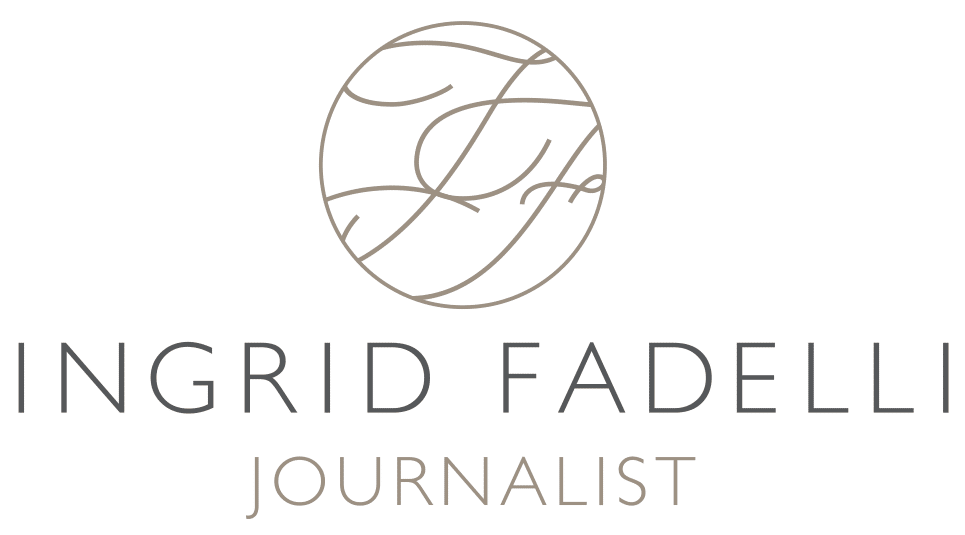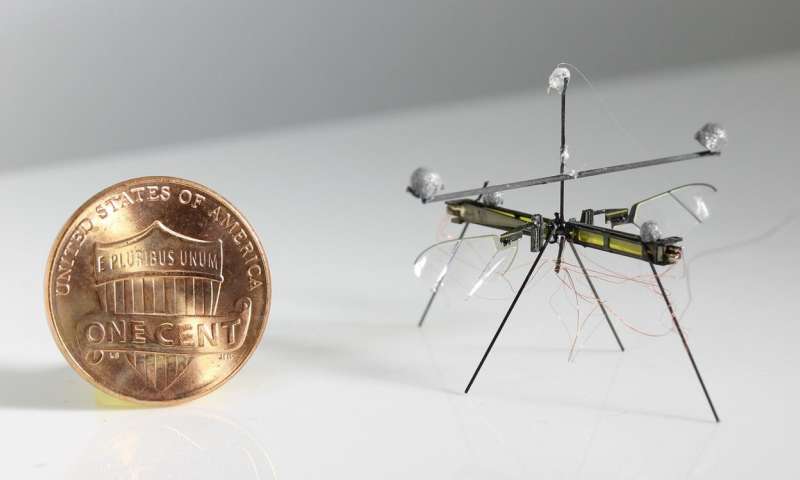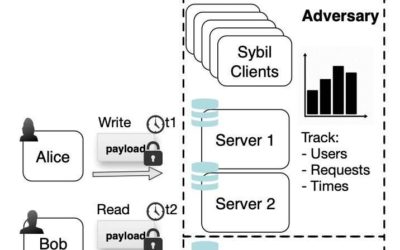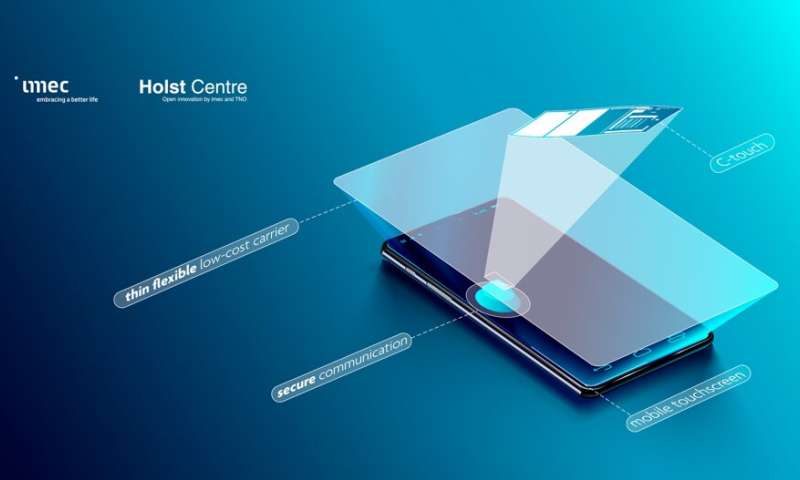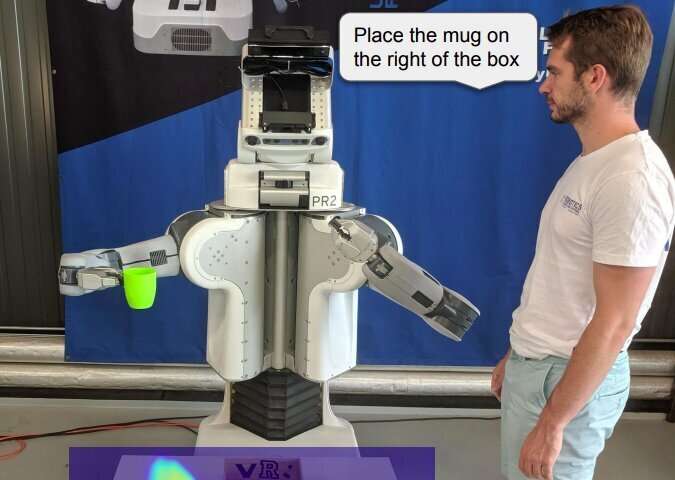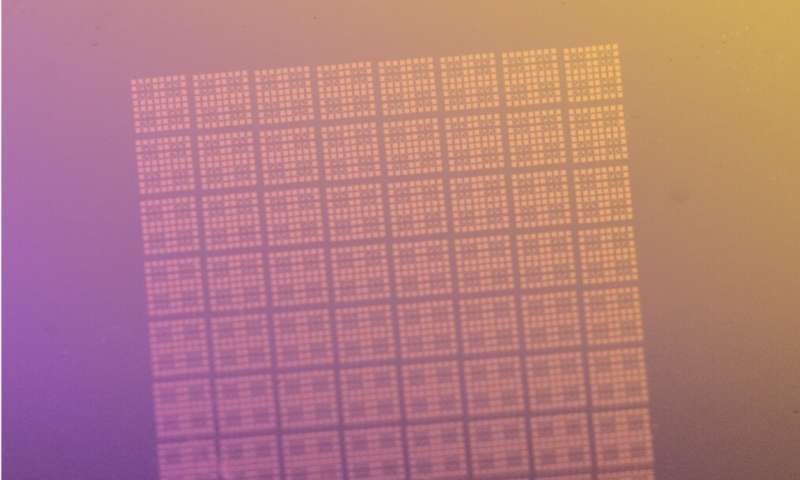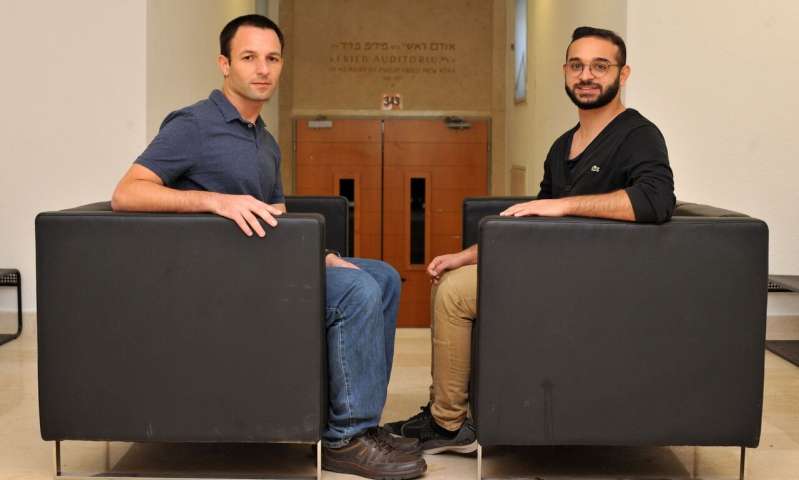Metal oxide thin-film transistors (TFTs), which are built by depositing thin films of an active metal oxide-based semiconducting material on a supporting substrate, have become widely used over the past few years, particularly in organic light-emitting diode displays....
TECHXPLORE
RoboFly: An insect-sized robot that can fly, walk and drift on water surfaces
Insect-size robots could have numerous useful applications, for instance, aiding search and rescue (SAR) missions, simplifying the inspection of infrastructures and speeding up agricultural processes. Despite the advantages associated with their size, these robots can...
Talek: A private messaging system that hides message contents and user communication patterns
Encrypted messaging services, which prevent cyberattackers from reading the contents of messages exchanged by their users, have become increasingly popular over the past decade or so. While these services hide message content, malicious users can often use the network...
Thin-film identification tags for transferring data to touchscreen devices
Today, countless electronic devices have touchscreens, including smart phones, tablets and smart home appliances. Touchscreen interfaces have become some of the most common means for users to communicate with and browse through their devices.
Training robots to identify object placements by ‘hallucinating’ scenes
With more robots now making their way into a number of settings, researchers are trying to make their interactions with humans as smooth and natural as possible. Training robots to respond immediately to spoken instructions, such as "pick up the glass, move it to the...
A new design strategy to fabricate 2-D electronic devices using ultrathin dielectrics
2-D semiconductors could have very useful applications, particularly as channel materials for low-power transistors. These materials display very high mobility at extreme thicknesses, which makes them particularly promising alternatives to silicon in the fabrication...
Robotic architecture inspired by pelican eel: Origami unfolding and skin stretching mechanisms
Artificial intelligence and robotics architectures are often inspired by patterns occurring in nature, both in humans and animals. Patterns of movement observed in animals have been replicated in robots via a number of shape-changing mechanisms such as chemical...
ArguLens: a framework to help developers make sense of usability-related feedback
Evaluating the usability of open-source software (OSS), software that is made freely available to developers worldwide, generally entails analyzing the feedback and comments of those who used it. Processing and understanding the feedback provided in user discussions,...
A two-terminal floating-gate transistor for neuromorphic computing
Researchers at Technion and TowerJazz in Israel have recently built a low-power, two-terminal floating-gate transistor that could have useful applications in neuromorphic computing. This transistor, presented in a paper in Nature Electronics, was fabricated using...
AVID: a framework to enhance imitation learning in robots
In recent years, research teams worldwide have been using reinforcement learning (RL) to teach robots how to complete a variety of tasks. Training these algorithms, however, can be very challenging, as it also requires substantial human efforts in properly defining...
